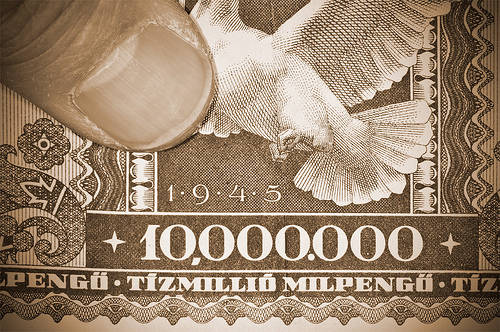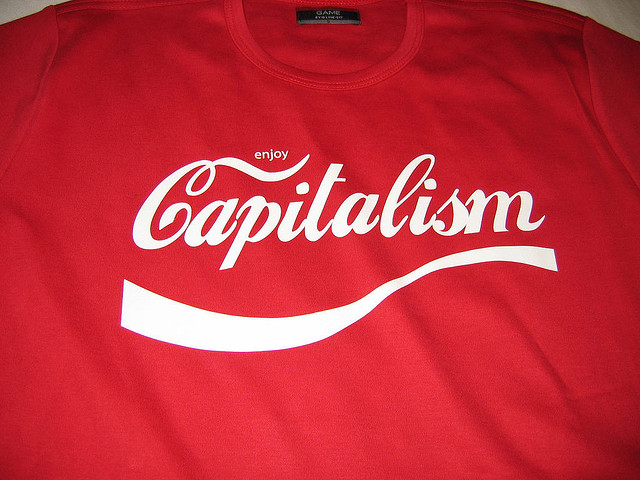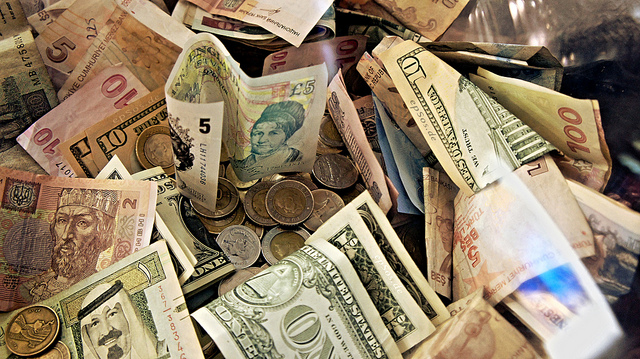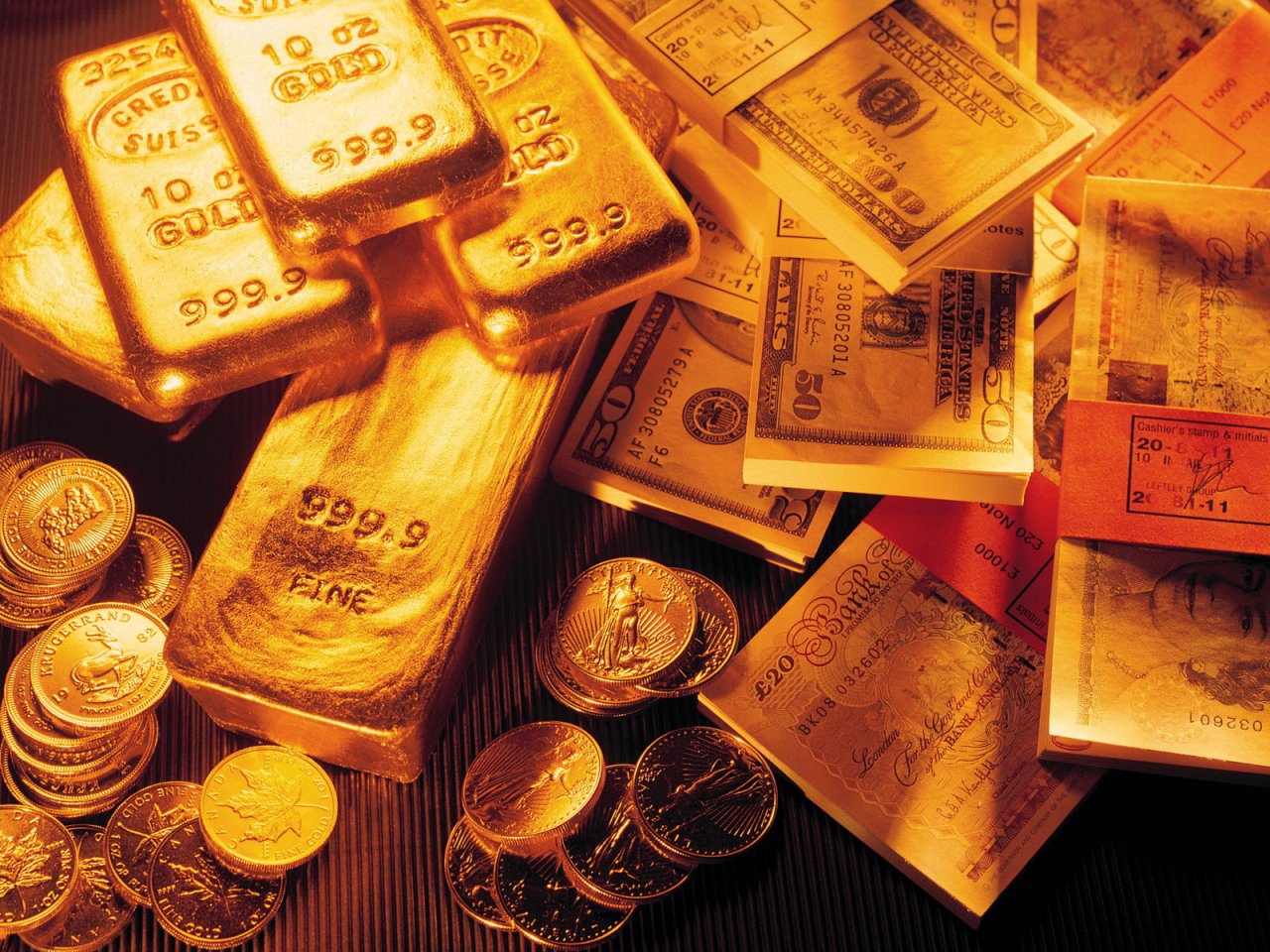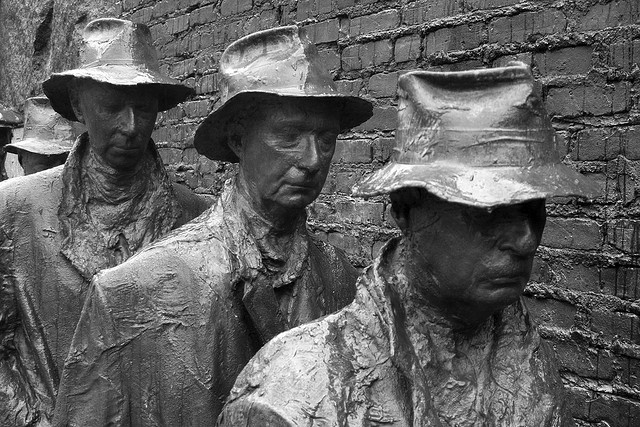10 Times Inflation Destroyed Economies
7. Hungary (mid-1940s)
Hungary was part of the Axis until 1944, and as a German ally suffered heavy infrastructural and economic losses toward the end of World War Two. Inflation peaked in July, 1946, with monthly rate of 4.19 x 1016% and 207% daily inflation rate. When 100 quintillion became the highest pengő denomination the government adopted a new currency to cope with the situation, and it gave way to a special currency the adópengő, but by July, 1946, one adópengő equaled 2×1021 pengő. The government had taken to printing currency denominations of 100 million new cordobas. The country saw its annual inflation rate rise to over 30,000% in 1987.
One of the main reasons for this hyperinflation was Hungary’s war-time spending, which sent prices soaring. The country also heavily subsidized the private sector; straining the public budget.
The hyperinflation started to recede when a new regime came to power in 1946. In the immediate aftermath workers were paid appalling wages, but Hungary switched to the forint and stabilized its credit system.

